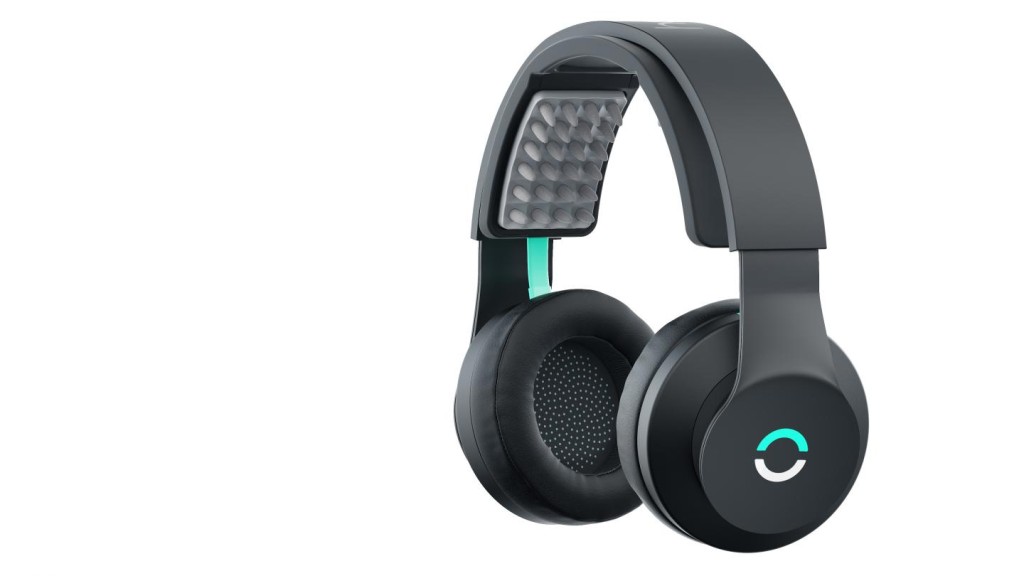Update 2/29/16. Halo Neuroscience launched the Halo Sport via ProductHunt. Details of the device are discussed in the comment section and includes input from CEO Daniel Chao and CTO Brett Wingeier. In a Medium article industrial designer Matty Martin talks about the challenges developing the Halo Sport. And, though not (yet anyway) peer reviewed, Halo Neuroscience has published the results of a few studies they’ve completed with the Halo Sport. Especially I found interesting Bihemispheric Transcranial Direct Current Stimulation with Halo Neurostimulation System Over Primary Motor Cortex Enhances Fine Motor Skills Learning in a Complex Hand Configuration Task (pdf).

We looked at Halo Neuroscience back in 2012, Halo Neuroscience – Amol Sarva, and knew they’d been testing a device for the last year. Today they announced the release of the Halo Sport which uses ‘neuropriming’ to increase athletic performance. At $549 it’s the most expensive neuro-device to come to market. It seems the target buyer is a high-end athlete.
Clicking on the get button takes you to two offers:
HALO SPORT PRO:
AVAILABLE TODAY
Halo Sport Pro is part of a service package designed for elite teams, trainers, and performance organizations.
and
HALO CHAMPIONS PROGRAM:
LIMITED CONSUMER RELEASE
Train like the pros. Be the first to pre-order Halo Sport and receive $200 off. Ships Fall 2016.
So I guess we’re in buzz-building mode, and the device will become available for anyone in the fall at around $349.
Follows is a clip from today’s Newsweek article. Click through to full story below.
As intriguing as the sports applications are, they only hint at what Halo might become. Chao says he will seek FDA approval to market Halo’s device as a way to help stroke victims recover their physical capabilities. And then, he says, a different version of Halo, which would send pulses into another part of the brain, will be able to improve memory and mental processing, giving users an advantage at work or school. At one point, he tells me some of Halo’s tests show it can “roll back cognitive aging by 25 years.” (He later seems to regret saying that, explaining that he prefers to stay focused on the sports applications.)
Halo Claims to Make You Jump Higher, Think Faster, Remember Longer
